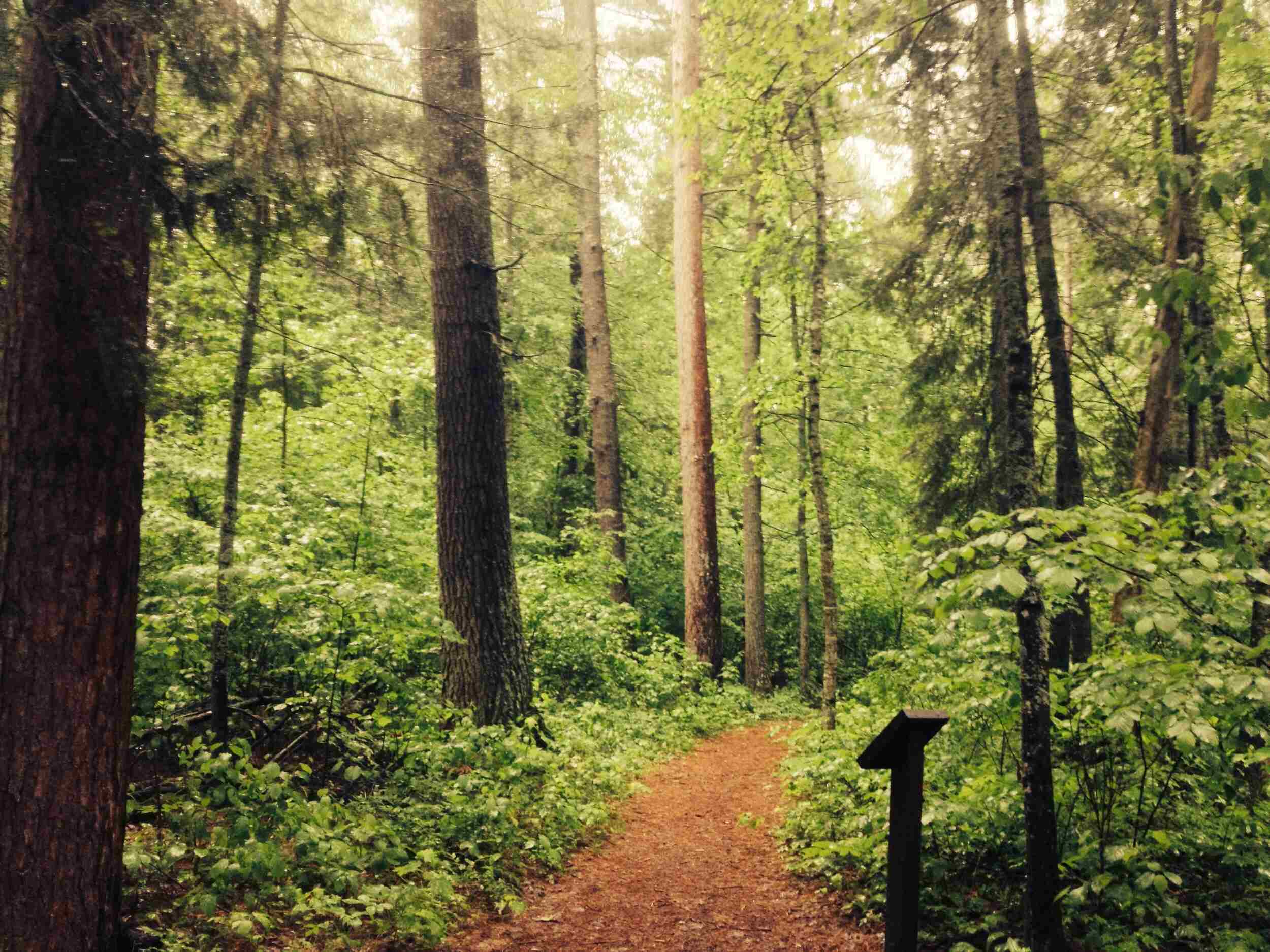Mystery Of Minnesota’s Lost 40 Singing Pines

Have you ever heard of the Lost 40 in Minnesota? This hidden gem is a rare patch of old-growth forest that escaped the logger's axe. Located in the Chippewa National Forest, the Lost 40 stands as a living museum of towering pines and rich biodiversity. It's a place where you can walk among trees that have stood for over 300 years. Imagine the stories these ancient giants could tell! Whether you're a nature lover, a history buff, or just someone looking for a peaceful retreat, the Lost 40 offers a unique experience. Ready to step back in time and explore this natural wonder?
Minnesota's Lost 40: A Hidden Gem
Minnesota's Lost 40 is a unique forest area that escaped logging due to a surveying error in the late 1800s. This untouched land offers a glimpse into the state's natural past. Here are some must-see spots within this hidden gem.
Ancient Pines
The Lost 40 is home to some of the oldest and tallest pines in Minnesota. These trees have stood the test of time, providing a serene backdrop for visitors.
White Pine Giants
These towering white pines are over 300 years old. Their massive trunks and lofty heights make them a sight to behold.Red Pine Stand
This area features a dense stand of red pines, some reaching up to 120 feet tall. The canopy creates a cool, shaded environment perfect for a peaceful walk.
Wildlife Haven
The untouched nature of the Lost 40 makes it a sanctuary for various wildlife species. Birdwatchers and animal lovers will find plenty to admire.
Birdwatching Spots
The forest is a haven for bird species like the pileated woodpecker and the great horned owl. Bring binoculars for a closer look at these feathered residents.Deer Trails
Numerous deer trails crisscross the forest floor. Early morning or late afternoon are the best times to spot these graceful creatures.
Scenic Trails
Exploring the Lost 40 is best done on foot. Several trails wind through the forest, each offering its own unique experience.
Old Growth Trail
This trail takes you through some of the oldest sections of the forest. Interpretive signs along the way provide information about the area's history and ecology.Bog Walk
A boardwalk trail that leads you through a bog area, showcasing a different aspect of the forest's ecosystem. Look for unique plants like pitcher plants and sundews.
Seasonal Beauty
The Lost 40 offers something special in every season. Each visit can feel like a new adventure.
Spring Wildflowers
In spring, the forest floor comes alive with wildflowers like trillium and lady's slipper. The burst of color is a photographer's dream.Fall Foliage
Autumn transforms the Lost 40 into a canvas of reds, oranges, and yellows. The vibrant leaves create a stunning contrast against the evergreen pines.
Practical Tips for Visiting
Before heading out to the Lost 40, keep these practical tips in mind to make the most of your visit.
Bring Bug Spray
Mosquitoes can be quite active, especially in the summer months. Bug spray will help keep them at bay.Pack a Picnic
There are no facilities within the Lost 40, so bring your own food and water. A picnic in this serene setting can be a memorable experience.Wear Sturdy Shoes
The trails can be uneven and muddy, so sturdy footwear is recommended. This will ensure a comfortable and safe hike.
Minnesota's Lost 40 offers a rare glimpse into the state's natural history. From ancient pines to vibrant wildlife, each visit promises a new discovery.
Preserving a Hidden Gem
The Lost 40 in Minnesota offers a unique glimpse into the past. This untouched forest, with its towering pines and spruces, stands as a testament to nature's resilience. Visiting this area not only provides a serene escape but also an educational experience about conservation efforts.
Whether you're a hiker, a nature lover, or someone seeking a peaceful retreat, the Lost 40 has something special. Remember to respect the land, follow the trails, and leave no trace to keep this hidden gem pristine for future generations.
Next time you're in Minnesota, make sure to explore the Lost 40. It's a rare opportunity to see what the state looked like centuries ago. Enjoy the beauty, the history, and the tranquility of this remarkable forest.

